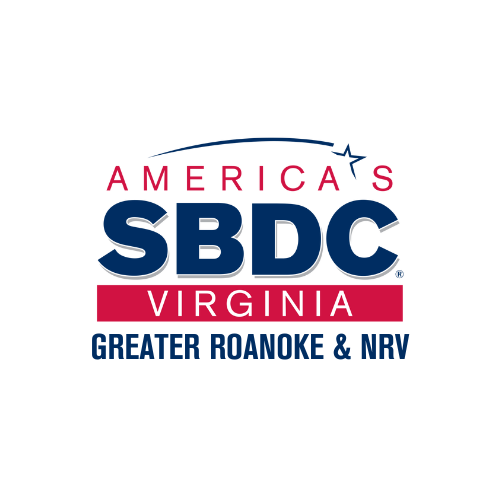Opportunity Map: How Demographic Information Can Guide Your Small Business
What are demographics and why are they important
Have you ever noticed that commercials for kids’ toys run during the most popular children’s shows and the commercials for vitamins or medical devices run during shows that appeal to older adults? Those companies are using demographics to target their marketing efforts.
Demographics are the statistics associated with a population and certain groups within it. It could be age, marital status, education level, income level, car or home ownership, or any number of things. Having demographic information helps small business owners better target their marketing efforts, or even make decisions about where to locate a business or what kind of business might be most successful in each locality.
Where to find demographic information
The Roanoke Regional Partnership collects various demographic data on our region on a regular basis and publishes very detailed charts and graphs. Below are links to downloads for different localities.
In each of the downloads, you’ll find demographic information arranged in 10-, 20-, and 40-minute drives from a central location. So if you don’t see your specific locality, choose one that is close. Keep in mind when looking at all of this information that a 40-minute drive from one locality (i.e. Daleville) could easily put you in another locality (i.e. Roanoke). Or a 20-minute drive from Roanoke could put you in Salem. Your SBDC Advisor can help you interpret the charts and graphs and determine which figures will be most useful to you.
Regardless of which locality you choose, the information follows the same basic format and pattern.
How to use the information: Demographic and Income Profile
The first six pages (Demographic and Income Profile) are basic demographic information in both table and chart form. Notice at the top, the information differs based on a 10-, 20-, or 40-minute radius from the central location. Some of the basic demographic information includes population by age and ethnicity, households by income, and percentage of homes owned or rented. There is also a column for projections for the year 2025.
You may wonder how this information can be useful to you. If you are thinking about starting a business or adding a product to an existing business that appeals to a particular age group or household income level, it would be helpful to know how much of that demographic (potential customers) are close to your location.
How to use the information: Market Profile
The next section (Market Profile) provides a wider and deeper look at demographics within a 10-, 20-, and 40-minute radius of the central point. This section provides a more detailed look at population demographics such as age, income, highest education level attained, marital status, and occupation. It also breaks down the size and income of households and the value of housing.
The last page of the Market Profile section breaks consumer spending down into categories. Note the numbers here are not business revenue, but rather how much a consumer spends in a broad budget category, whether locally, regionally, or online. The Spending Potential Index represents the amount spent in the category relative to a national average of 100. So, if the number is less than 100, customers spend less than the national average in that category and if it is more than 100, customers spend more than the national average for that category.
How to use the information: Retail MarketPlace Profile
The last section of each document is the Retail MarketPlace Profile. This is another section where you’ll need to pay attention to the 10-, 20-, and 40-minute radius designation at the top of the page.
There is a lot of information in this section and it would be a good idea to meet with an SBDC Advisor to determine which data is most relevant to your business. Basically, this section shows a general snapshot of retail opportunity in a given geographic area.
Demand indicates the amount spent by consumers at the category of retail establishments
Supply indicates sales to consumers in those categories
Retail Gap is the difference between supply and demand. If the number is negative, there is more supply than demand among consumers in the indicated radius. If the number is positive, there is more demand than supply among those consumers. There may be opportunities in these areas and a closer examination of the data with your SBDC Advisor will help you determine if there is an opportunity for your existing or new business.
The Leakage/Surplus Factor is a measure of the relationship between supply and demand that ranges from +100 (total leakage meaning consumers leave the area for those goods and services) to –100 (total surplus meaning consumers are drawn in from outside the area).
This demographic data can provide a good snapshot of the market and help small businesses better understand their market and opportunities within the market. Demographics and market research are just one area of a good small business marketing plan. Your SBDC Advisor can guide you through understanding how to use this data to benefit your business plans.

